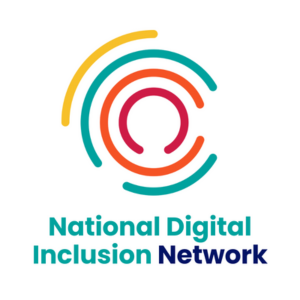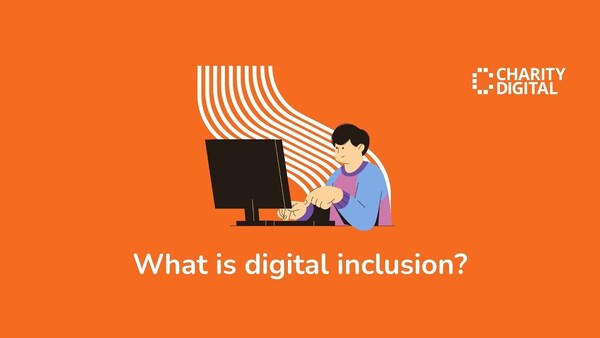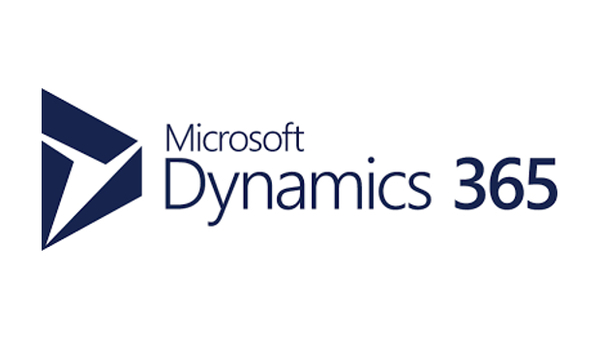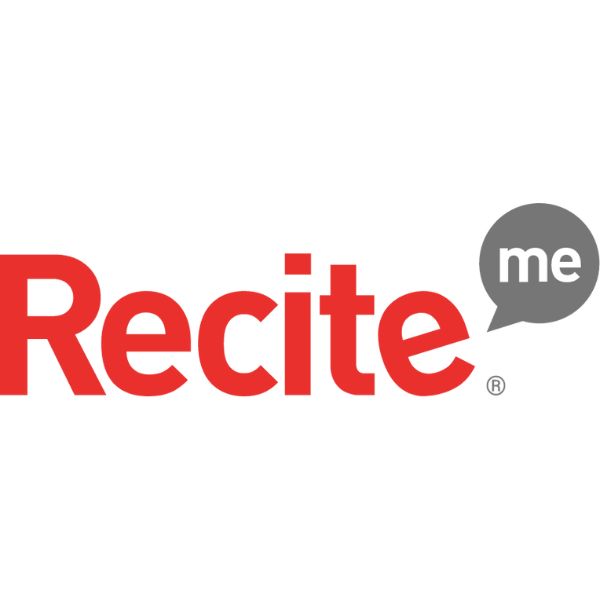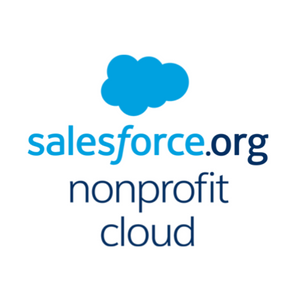Insights
INSIGHTS
All Topics
How to help service users to go digital
28 Jan 2025by Mary Wessel
We explore six ways that charities can help their service users move to digital
CHECK OUT OUR DIGITAL INCLUSION HUB
It’s all well and good having great online resources. But if your service users don’t have digital access or skills, they won’t be able to benefit from them.
The Charity Digital report ‘Digital inclusion in the UK charity sector’ highlighted that digital exclusion is a concern for 82% of charities. Below are some simple actions to help your community get the most from your online resources, services, and support.
Find out what the blocks are in your community
There can be many blocks to digital access – from lack of skills to not having a suitable device, access to data, connectivity issues, and the fear of online crime.
Talk to your service users about what stops them accessing the internet, and what would help them most. Then target those areas first.
Share information about cybersecurity
Some people may fear using the internet, with worries about cybersecurity or becoming a target of online fraud. Signpost your service users to cybersecurity resources. The National Cyber Security Centre has helpful cyber security advice for individuals and families and Kaspersky shares its top 15 internet safety rules.
Or consider putting together a short information sheet outlining simple, easy ways for service users to feel confident online. That might include tips on how to create a strong password, updating passwords regularly, and being careful of suspicious links. The key is to be reassuring and helpful, without people feeling even more daunted.
Put together a simple checklist or written guide
If your service users are anxious about going online, having a printed information sheet could be helpful while they get started using a specific platform or app.
If you have a new service platform, for example, you could put together a simple PDF outlining the steps the person will need to take.
This can be reassuring while they get to grips with using it and could help to build their confidence and act as a stepping stone to using other digital tools.
Help service users access devices
To be digitally included, people need access to suitable devices. Taking the tech to service users could be one option – that might be taking laptops to a community centre, or tablets to a support group. To do this you could explore partnering with a local company who donates their refurbished or unused tech to you.
Or explore the National Device Bank, which provides refurbished laptops, mobiles, and tablets to people who might not otherwise be able to access them.
Joining the National Digital Inclusion Network (a network of organisations helping people use or access the internet locally), means you’ll be able to apply for securely refurbished devices to give to service users.
You could also signpost service users to the Digital Poverty Alliance which runs schemes including Tech4Families and Tech4YoungCarers.
Support service users get internet access
Internet access is central to so much of daily life but 2.4 million people can’t afford a mobile phone contract. If your service users are facing data poverty, you could:
Approach the Digital Poverty Alliance which provides free SIM cards to organisations that support individuals that are not otherwise able to afford data.
Join the National Digital Inclusion Network so that your charity can apply for data packages and SIM cards for service users who need them. This is part of the National Databank.
Signpost your service users to the Good Things Foundation’s interactive map, which allows you to search for digital inclusion hubs in your area. This includes libraries, adult learning centres and other charities.
We share more ideas in our article on the best digital inclusion resources.
Help service users to learn new skills
The Charity Digital Inclusion Report highlighted that “two thirds of charities have struggled to implement digital technology due to a lack of digital skills among service users (66%)”.
If you have the time and skilled-up staff, consider spending time with service users to talk through, for example, how to use your online services, or access the information they need.
Or signpost to other organisations who provide free digital skills training courses:
- Age UK has some simple ‘how to’ guides and some centres also offer computer training for older people
- Learn My Way from Good Things Foundation provides free digital skills training, with subjects ranging from how to set up an email account to safety and security online
- Future Learn and Accenture offer a free Digital Skills for Work and Life course
- The WEA has a range of digital skills courses, which are free for unemployed people, job seekers and people on low wage
Mary Wessel
More on this topic
Recommended Products
Recommended Products
Featured Products
Related Videos
Our Events
Charity Digital Academy
Our courses aim, in just three hours, to enhance soft skills and hard skills, boost your knowledge of finance and artificial intelligence, and supercharge your digital capabilities. Check out some of the incredible options by clicking here.





